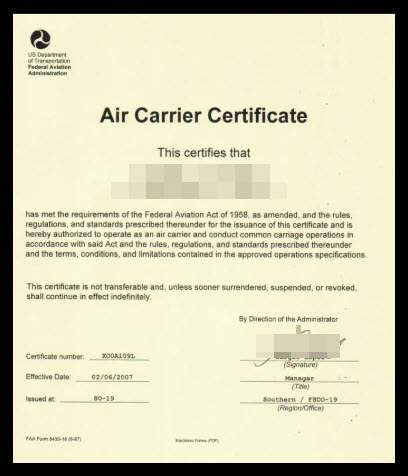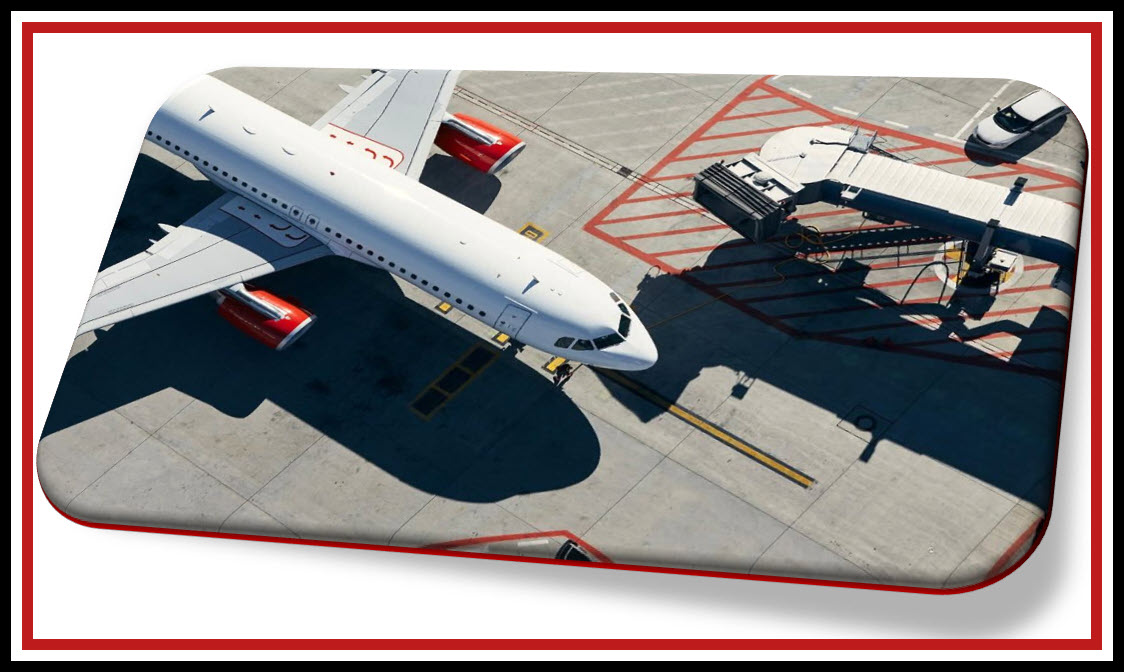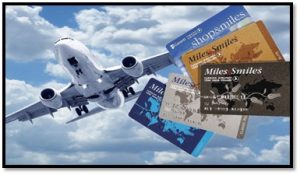Start-ups FAA AOC path-not easy, but a guide with past walks may help
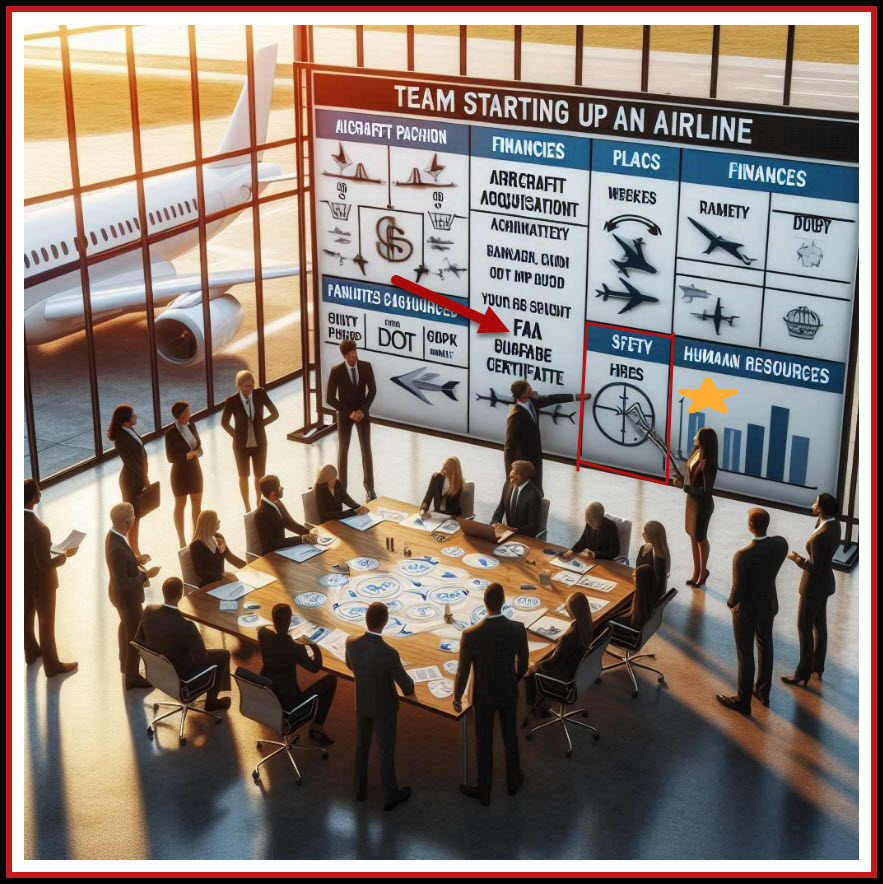
AirlineRatings.com has produced an extremely informative article (below) about the hurdles that exist for an organization to start up a new airline. The story’s headline forewarns those considering such an endeavor with the word—HARD. To give substance to that admonition, the author highlights SEVEN STEPS between the first actions and the first revenue flight. The purpose of this post is to show that, with proper support, THE PROCESS IS NOT THE SEVEN CHALLENGES OF HADES.
From experience[1], it is safe to say that much is required of applicants for a FAA Aircraft Operating Certificate (AOC) [14 CFR Part 119], But that same history of supporting prospective Part 121, 125 and 135 applicants from early stages on to completion. The regulatory agenda for obtaining the safety operating authority has six primary elements:
- Preapplication Phase
- Formal Application Phase
- Formal Application Letter: Submitted documentation, including manuals and organizational structure.
- Application Review: FAA evaluates completeness and readiness.
- Formal Application Meeting: Confirms mutual understanding of certification scope and requirements.
- Document Compliance Phase
- System Design Evaluation: FAA reviews manuals and procedures for compliance with regulatory requirements.
- Safety Assurance System (SAS): Inspectors use Element Design Data Collection Tools (ED DCTs) to assess system design.
- Gap Analysis: Applicant may revise documentation based on FAA feedback.
- Demonstration and Inspection Phase
- Operational Trials: Applicant demonstrates procedures in live or simulated environments.
- Training Validation: FAA observes training sessions for flight crews, maintenance personnel, and dispatchers.
- Facilities and Equipment Inspection: Ensures adequacy and readiness for operations.
- Certification Phase
There is no single menu for meeting all of these items on the FAA checklist, but the STAFF’S EXPECTATIONS, without regard to the specifics of the airline – i.e. its proposed fleet, the number of aircraft, the type and geography of their schedule, etc., are CONSISTENT in the depth of information submitted, the clarity of the draft manuals, the necessary credentials of the Part 5 essential safety team, the safety focus in all of the enterprise, knowledge of the FARs, etc.
The ability to deliver these prerequisites in terms describing the airline’s competence is something that consultants with extensive resumes of past exercises with a variety of clients are well prepared for. Dealing with many FAA CHDOs over time tends to build the following skills:
- Regulatory Familiarity: deep understanding 14 CFR Parts 119, 121, and associated Advisory Circulars, particularly the variances in weights specific offices/individuals assign to rules and steps .
- Organizational Readiness: the ability to describe a robust Safety Management System (SMS), Maintenance and Engineering programs, and Training systems.
- FAA Collaboration: seasoned veterans are essential to foster transparent communication and responsiveness to FAA guidance throughout the process.
- Documentation Gaps: After years of drafting, revising and responding to FAA staff feedback, one develops an eye to see what Incomplete or non-compliant manuals ; thus avoiding delay progress that the staff would otherwise inflict by repeated requirements to resubmit.
- System Integration: Ensuring alignment between SMS, CASS, MEDA, and operational control systems is critical.
- Resource Allocation: Certification demands considerable time, personnel, and financial investment.
Preparation and excellent support likely will shorten your FAA AOC timeline. LINK.
How To Start An Airline and Why It’s So HARD.
New airlines launch every year, think Breeze Airways in the U.S, Akasa Air in India, Norse Atlantic in Europe, but starting an airline is not like starting a regular company.
It requires:
Huge capital (tens to hundreds of millions USD).
Regulatory approval (Air Operator Certificate or AOC).
Experienced leadership (nominated post-holders with deep aviation backgrounds).
A Solid business model (LCC, full-service, regional, or cargo).
Here is a 7-Step guide to help you understand the process of starting an airline-are you ready to start your own?
Note: This is a technical article. While it may feel overwhelming to casual readers, it’s designed for entrepreneurs, executives, aviation professionals, and the ever-curious av geeks who seriously want to understand what it takes to launch an airline. If that’s you, this guide will be one of the most valuable resources you read.
 Step 1: Build a Winning Airline Business Plan
Step 1: Build a Winning Airline Business Plan
Starting an airline begins with a solid aviation business plan that needs to show profitability from the outset.
Every airline begins on paper. A solid aviation business plan should include:
- A Market analysis: Which routes? What’s the demand? Who are your competitors? Is there an un-met need in the market or underserved routes you can capitalise on
- Business model: Low-cost carriers (LCC), full-service, regional commuter, charter, or cargo all have very different models and associated challenges
- Financial model: You need to calculate the CASM (Cost per Available Seat Mile), RASM (Revenue per ASM), and Break-Even Load Factor.
- Ancillary revenue strategy: Especially important in an LCC. Extra baggage, seat selection, and onboard sales will account for 10–20% of the airlines revenue globally.
Pro tip: Investors and regulators alike will look closely at this plan. It must show profitability and sustainability from day one.
Step 2: Secure Financing for Your Airline Start-up Costs
Starting an airline is expensive but there are funding sources to help.
Launching an airline is expensive. Start-up costs vary depending on size. A Small regional/charter airline could cost between $10M–$50M (USD) and a LCC with 10–30 aircraft anywhere from $100–$300M+ (USD).
Funding sources include:
- Venture capital or private equity
- Bank loans & export credit
- Aircraft operating leases (most common for startups)
- Sale-and-leaseback deals
Step 3: Apply for an Air Operator Certificate (AOC)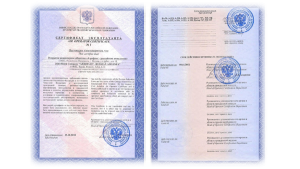
The AOC is your airline’s license to fly. Without it, you can’t sell tickets or operate scheduled services.
The AOC is your airline’s license to fly. Without it, you can’t sell tickets or operate scheduled services.
What’s required:
- Pre-application with your regulator (FAA, EASA, CASA, DGCA, etc.).
- Submission of key manuals including an Operations Manual, Training Manual, Safety Management System (SMS), Maintenance Control Manual.
- Hiring required roles: Accountable Manager, Head of Flight Ops, Head of Maintenance, Safety Manager etc
- Demonstration flights with inspectors onboard.
Final issuance of an AOC is usually WITHIN 6–12 MONTHS IF YOU’RE PROPERLY PREPARED.
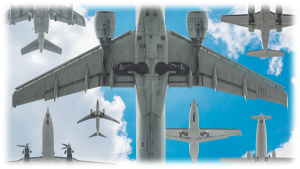 Step 4: Acquire Aircraft (Without Going Bankrupt)
Step 4: Acquire Aircraft (Without Going Bankrupt)
Without the fleet there simply is no airline but luckily there are multiple ways to acquire aircraft
Options for new airlines:
- An Operating lease: Lower upfront costs and more flexibility (most startups choose this).
- A Finance lease or purchase: High capital with asset ownership.
- A Wet lease (ACMI): Short-term, ideal for providing flights or bridging gaps.
Major lessors include: AerCap, SMBC, Avolon.
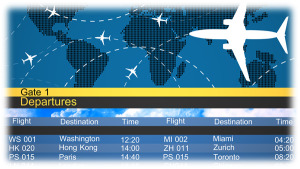 Step 5: Secure Airports, Slots, and Ground Handling
Step 5: Secure Airports, Slots, and Ground Handling
You can’t just simply ‘fly where you want’ slots and distribution need to be authorised first
- Slots: At busy airports, you’ll need to apply via IATA’s Worldwide Airport Slot Guidelines (WASG).
- Negotiate Airport Agreements: These cover ground handling, gate access, fueling, passenger services.
- Distribution of tickets & payments: Connect to a Global Distribution System (Amadeus, Sabre, Travelport) or IATA’s NDC for ticket sales, and register with IATA BSP for travel agent settlements.Step 6: Build Your Safety & Compliance Systems

It’s always safety first
Safety is non-negotiable in aviation. Regulators will require:
- Safety Management System (SMS) with risk reporting and monitoring.
- Maintenance contracts or CAMO approvals (continuing airworthiness).
- Insurance for passengers, aircraft, and third-party liability.
- Environmental compliance (CORSIA, EU ETS, local emission/noise rules).
Step 7: Launch and Market Your Airline
The right promotion and partnerships are key to launching a new airline
Once certified, funded, and staffed, you can finally go to market:
- Launch PR campaigns, highlighting your Unique Selling Point (price, service, destinations, sustainability).
- Work with local travel organizations and airports to offer discounted tickets to help boost brand and destination awareness.
- Integrate with online booking platforms and travel agencies.
- Use loyalty programs or co-branded credit cards to lock in customers early.
[1] JDA ‘s team is composed of 3,000 years of collective experience working, notably the only team in industry who also instruct FAA Aviation Safety Inspectors in the field and at the national FAA Academy in all aspects of SAS.


